Everything You Need to Know About Suction Catheters
A suction catheter is a vital medical device used in a variety of healthcare settings, primarily to help clear the airways of patients who have difficulty breathing or are unable to expel mucus on their own. This simple yet crucial tool plays a key role in respiratory care, allowing healthcare professionals to safely remove obstructions from the airway, such as mucus, blood, or other fluids. Whether used in emergency situations, intensive care units, or in-home care settings, a suction catheter ensures that patients can breathe more easily and maintain proper respiratory function.
What is a Suction Catheter?
A suction catheter is a flexible tube that is inserted into the airway to remove secretions, such as mucus, from the patient’s throat, trachea, or lungs. It is often used for patients with chronic respiratory conditions, such as Chronic Obstructive Pulmonary Disease (COPD), or those who have undergone surgery that impacts the respiratory system.
The device is connected to a suction machine, which creates negative pressure to draw out fluids or obstructions, thereby clearing the airway. Suction catheters come in various sizes and types, designed to meet the needs of different patients based on age, condition, and the specific part of the airway being treated.
Key Features of a Suction Catheter
- Material: Most suction catheters are made from flexible, biocompatible materials such as PVC or silicone. These materials ensure ease of insertion and are safe for long-term use.
- Size and Length: Suction catheters come in different diameters and lengths, which are chosen based on the patient’s age and size, as well as the area of the airway being treated.
- Sterility: To minimize the risk of infection, suction catheters are sterile and often come in individually wrapped packaging. Some models are single-use, while others can be reused after proper cleaning and sterilization.
- Control Valve: A key feature of many suction catheters is a control valve, which allows the healthcare provider to regulate the amount of suction applied to the airway. This ensures that the process is gentle and safe for the patient.
When Are Suction Catheters Used?
Suction catheters are typically used in situations where patients are unable to clear their own airways effectively. Some of the most common scenarios include:
- Post-surgical recovery: After surgeries such as tracheostomies or procedures involving the lungs or airways, patients may need suctioning to keep their airways clear.
- Chronic respiratory conditions: For patients with diseases like COPD or Cystic Fibrosis, mucus buildup can obstruct breathing, making suction catheters essential for their daily care.
- Intensive care units (ICUs): In critical care settings, suction catheters are used frequently to clear secretions from patients who are on ventilators or have compromised respiratory systems.
- Emergency situations: In cases of acute respiratory distress or aspiration pneumonia, suction catheters are often used as an emergency measure to clear the airway.
Benefits of Using Suction Catheters
- Improved Breathing: Suctioning the airway helps patients breathe more easily by removing obstructions like mucus or other secretions.
- Prevention of Respiratory Complications: Regular use of suction catheters can prevent serious complications such as aspiration pneumonia or respiratory infections.
- Ease of Use: Suction catheters are designed to be easy to use, either by healthcare professionals or, in some cases, by the patient or their caregivers at home.
- Cost-Effective: Compared to other medical interventions, suction catheters are a cost-effective way to manage airway obstructions and improve respiratory health.
Choosing the Right Suction Catheter
When selecting a suction catheter, it is important to consider several factors, including the patient’s age, medical condition, and the location of the obstruction. Healthcare providers typically choose the appropriate catheter size based on the diameter of the airway and the nature of the obstruction.
It is also important to ensure that the catheter is compatible with the suction machine being used. Some catheters are designed for specific machines, so it’s crucial to check compatibility to ensure effective suction and minimize any risks.
Where to Buy Suction Catheters
If you’re looking to purchase high-quality suction catheters, look no further than Parsumashtajhiz. They offer a wide range of suction catheters suitable for various medical needs, with guaranteed reliability and top-notch performance. Whether you need a single-use catheter or one for long-term care, Parsumashtajhiz provides safe and effective solutions for healthcare providers and patients alike.
Conclusion
A suction catheter is a simple but essential medical tool that can make a significant difference in the care and comfort of patients with respiratory issues. Whether used in emergency care, chronic respiratory conditions, or post-operative recovery, suction catheters help to clear the airways and improve breathing. By choosing the right catheter for each patient and using it effectively, healthcare professionals can help prevent serious complications and improve the overall well-being of their patients.
For more information and to purchase suction catheters, visit Parsumashtajhiz today.

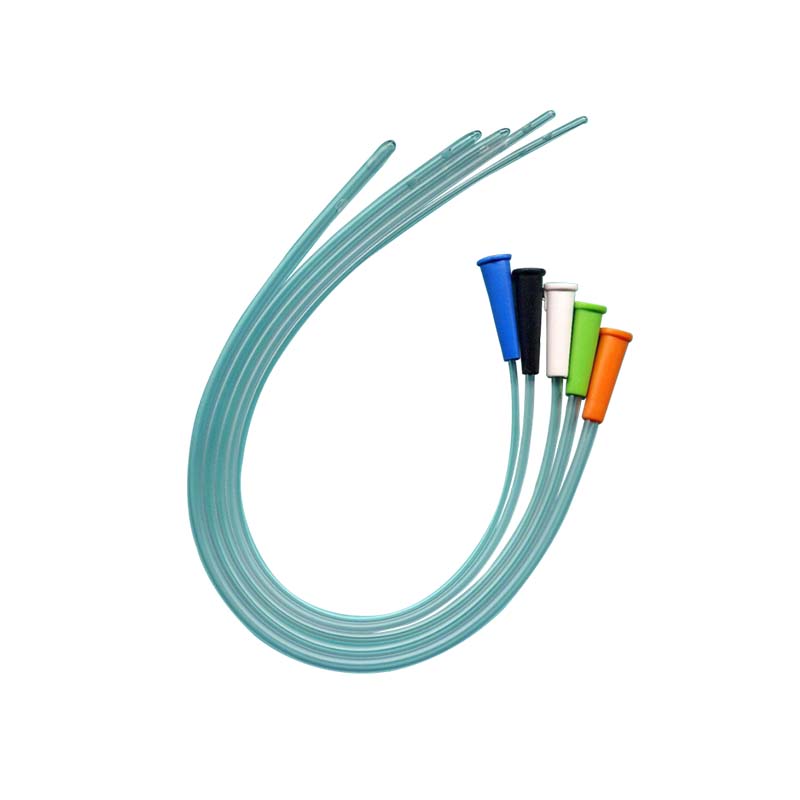
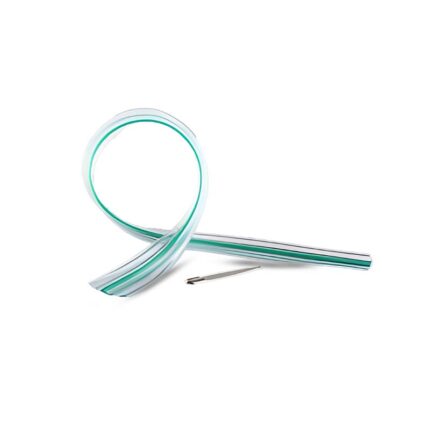
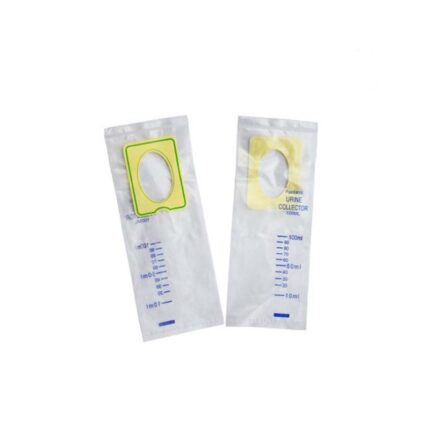

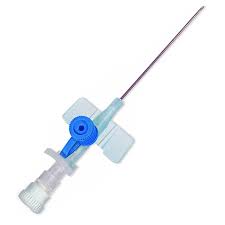
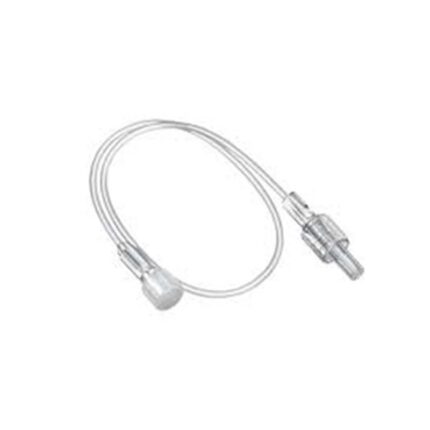
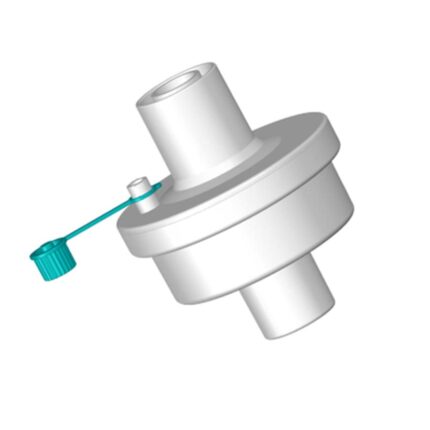
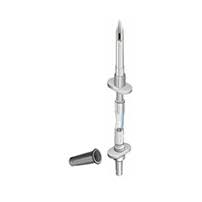
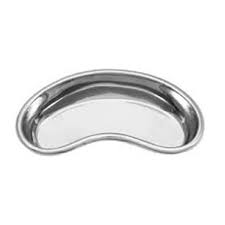
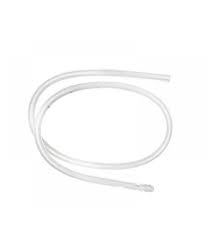
Reviews
There are no reviews yet.